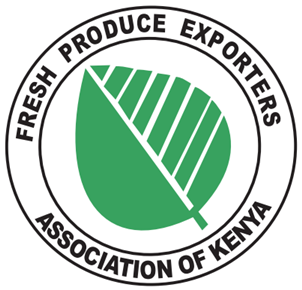- January 7, 2021
- Posted by: admin
- Category: Uncategorized
Horticulture is the third largest foreign exchange earner and has undergone a transformation over the last 50 years garnering around 150 billion annually and contributes significantly to the Kenyan economy. The industry provides employment opportunities to about 350,000 directly and supports over six million livelihoods.
In Kenya, only 4% of all the horticultural produce (Fruits and Vegetables) is being exported while 96% is being consumed locally. Over 90% of all this produce consumed locally is being produced by small scale farmers. 95% of flowers grown locally are exported to various international markets. Recently, more opportunities have been created for our farmers to access international markets like the UAE, USA and more.
The key to the sector’s success can be attributed to the use of the latest technology, availability of technical training and easier access to markets. To enhance the quality of our produce, industry associations and other players have trained and supported producers and exporters on requirements for international accreditations on food safety and traceability.
Despite the challenges brought about by the COVID-19 pandemic, the Horticulture sector performed fairly well. Export earnings for the year 2020 stood at Ksh.151Bn. Flowers earned the country Ksh 108B, Fruits Ksh 18B while Vegetables earned Ksh 24B. However, a huge proportion of this earnings went to the payment of air freights. The growers and exporters did not realise the kind of profits they expected. There was a 5% improvement on earnings as compared to 2019.
However, the horticulture industry continues to experience a number of challenges:
- Reduced market demand due to lock downs especially in European Union and The United Kingdom
- High cost of airfreight
- High cost of doing business as a result of government levies and taxes, high cost of utilities etc.
- Cash flow problems among the exporters.
- Strict market requirements especially on sanitary and Phyto-sanitary matters.
The industry would like Government to support as follows:
- To release stimulus package finance to support exporters. We have recommended these funds be used to subsidize air freight as this is where we will realise the highest impact for the support.
- Postpone for one year the implementation of the crops (Horticulture Crops Regulation 2019) that imposes an export levy of 0.25% on FOB on all horticulture exports. This will allow room for negotiations and consultation amidst COVID-19 challenges.
- We request the Ministry of Agriculture and Parliament to fast tract the legislation and enactment of the horticulture crops authority bill to enable better management and support to the industry.
- Development of a fumigation facility for flowers and chilies and a hot water treatment for mangoes. This will ensure compliance to market requirements especially in Australia & The European Union respectively.
| 2018 | 2019 | 2020 | ||
| Volume in Kgs | ||||
| Fruits | 75,552,995.77 | 81,882,808.09 | 103,786,965.39 | |
| Vegetables | 66,734,276.68 | 72,733,460.66 | 60,342,547.65 | |
| Flowers | 161,227,149.66 | 173,719,296.88 | 142,477,773.36 | |
| Total | 303,514,422 | 328,335,565.63 | 306,607,286.40 | |
| Value in Kshs | ||||
| Fruits | 12,831,093,042.00 | 13,189,041,608.00 | 18,307,586,632.00 | |
| Vegetables | 27,685,191,354.00 | 27,247,785,979.00 | 24,150,557,114.00 | |
| Flowers | 113,165,186,323.00 | 104,141,752,588.00 | 108,701,099,166.00 | |
| Total | 153,681,470,719 | 144,578,580,175.00 | 151,159,242,912 |

